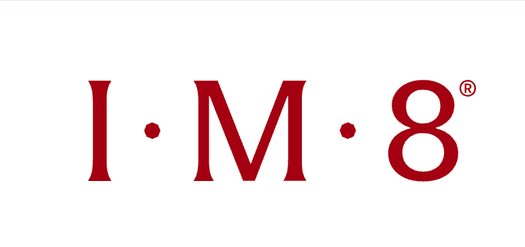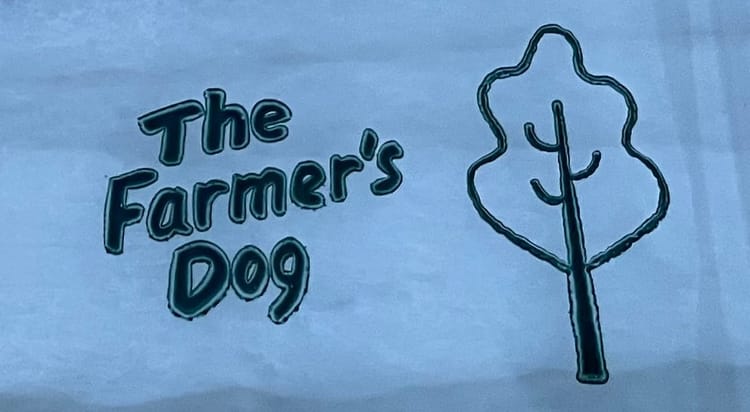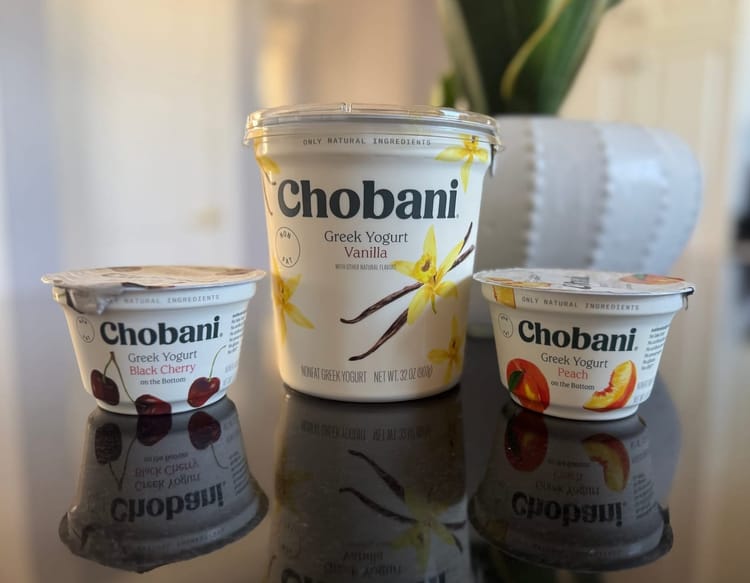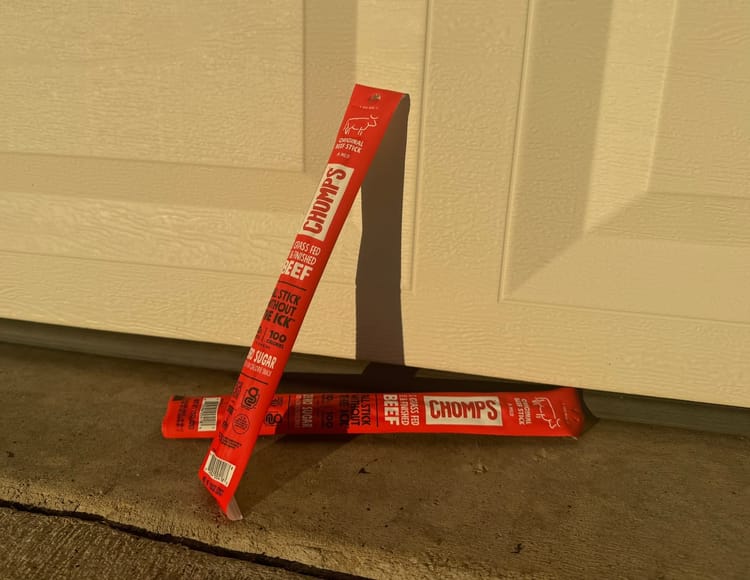Liquid Death: The Best Marketing Strategy Ever?
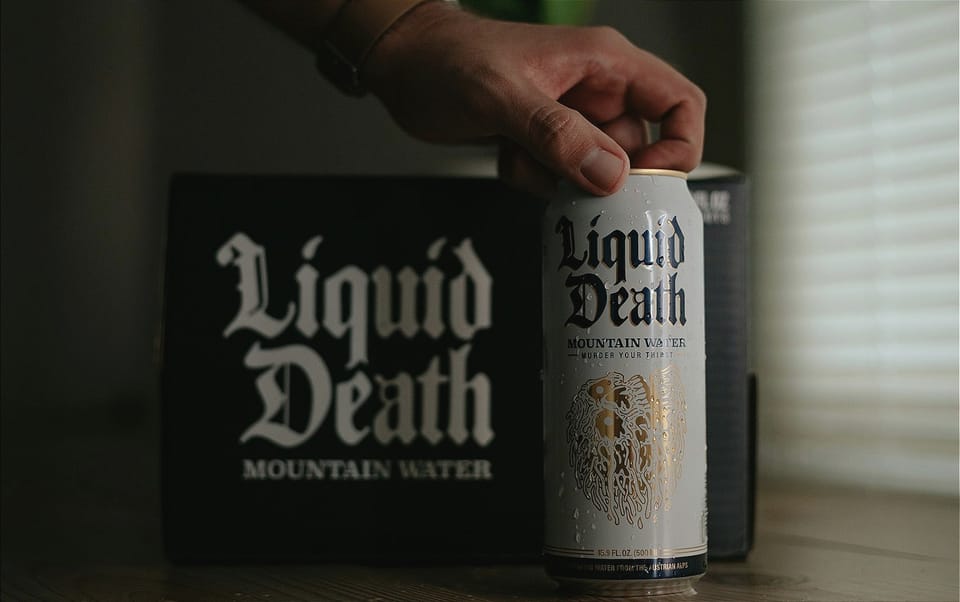
For decades, the bottled water market looked the same: safe, sterile, and frankly, boring. Soft blue mountains, crystal-clear streams, minimalist branding, and a heavy emphasis on purity. While the product inside the bottles varied little, companies fought for attention by just trying to appear a little fresher and elite. But nobody truly disrupted bottled water until Liquid Death came along and deployed one of the best marketing strategies of all time.
Liquid Death didn’t gently enter the market. It stormed in with a flaming skull logo, metalhead branding, and a message that promised to “Murder Your Thirst.” For a product as simple as water, the brand strategy felt outrageous. But that was exactly the point. Founder Mike Cessario understood something few in the industry did: in a world drowning in sameness, being different isn’t risky—it’s survival.
Cessario’s inspiration came from real life. While attending punk rock concerts, he noticed that even non-drinkers were walking around with Monster or Red Bull cans—not because they loved the drinks, but because they loved the image. Energy drinks and alcohol brands understood identity. Water brands didn’t. Cessario realized there was an opportunity hiding in plain sight: what if the healthiest beverage in the world could be marketed like the most interesting?
With this insight he began crafting the Liquid Death brand. Early on, he didn’t even have a product—he had an idea and a fake commercial. But the satire was so good that it went viral almost immediately, racking up millions of views. Without a single can on shelves, Liquid Death already had a fan base—and a promise that there was something different on the way.
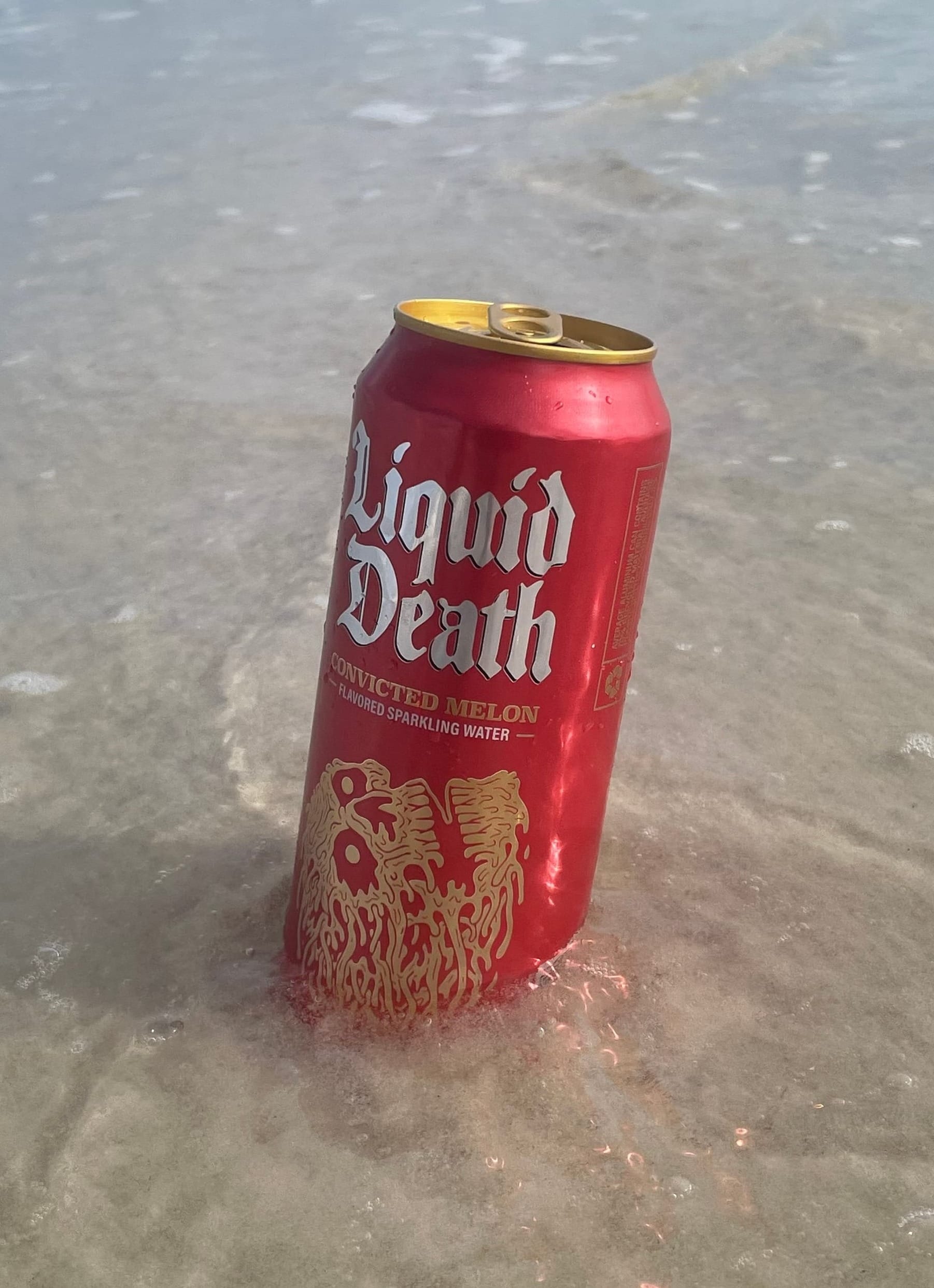
Launching in 2019 as a direct-to-consumer product, Liquid Death quickly found footing with alternative communities: skateboarders, metal fans, punk rockers, and straight-edge kids who wanted to hold a tallboy at a concert without the alcohol or caffeine. It also didn’t hurt that the water itself was high-quality spring water from the Austrian Alps and packaged sustainably in recyclable aluminum cans.
At first glance, it might have seemed like a gimmick. But Cessario’s background in marketing meant he wasn’t playing for a cheap laugh. The brand’s humor wasn’t just edgy for the sake of it—it was calculated. Every stunt, every bizarre campaign, every limited-edition product that they executed was designed to fuel organic word-of-mouth. Instead of spending millions on traditional ads, Liquid Death built its brand by being so wild that consumers themselves spread the message.
The company leaned fully into this strategy. They created death metal albums using hate comments as lyrics. They sold skateboards painted with Tony Hawk’s blood. They released bizarre Super Bowl ads showing children at a raging party—chugging Liquid Death cans to Judas Priest’s "Breaking the Law." Every move doubled down on the brand’s image while reinforcing that they didn’t just sell water—they sold a rebellious, anti-corporate lifestyle. Liquid Death wasn’t asking customers to hydrate; it was inviting them into a movement, a movement of non-conformity.
The approach worked. After Liquid Death's launch online in 2019, in just a few months it had already sold over 100,000 cases through its direct-to-consumer site—an impressive feat for a startup selling canned water. That early traction validated the demand and gave the team the data they needed to prove the concept before approaching retailers. In 2020, Whole Foods became the first major national chain to stock the brand, drawn in by its viral momentum and customer buzz. From there, momentum snowballed. By 2021, Liquid Death had expanded into 7-Eleven locations across the country, followed closely by Target, Publix, and other major grocery chains. What began as a niche curiosity turned into a shelf-dominating presence. Their strategy of making water feel fun and rebellious—not sanctimonious—helped them cross over into the mainstream, attracting consumers who didn’t just want hydration, but a real brand.
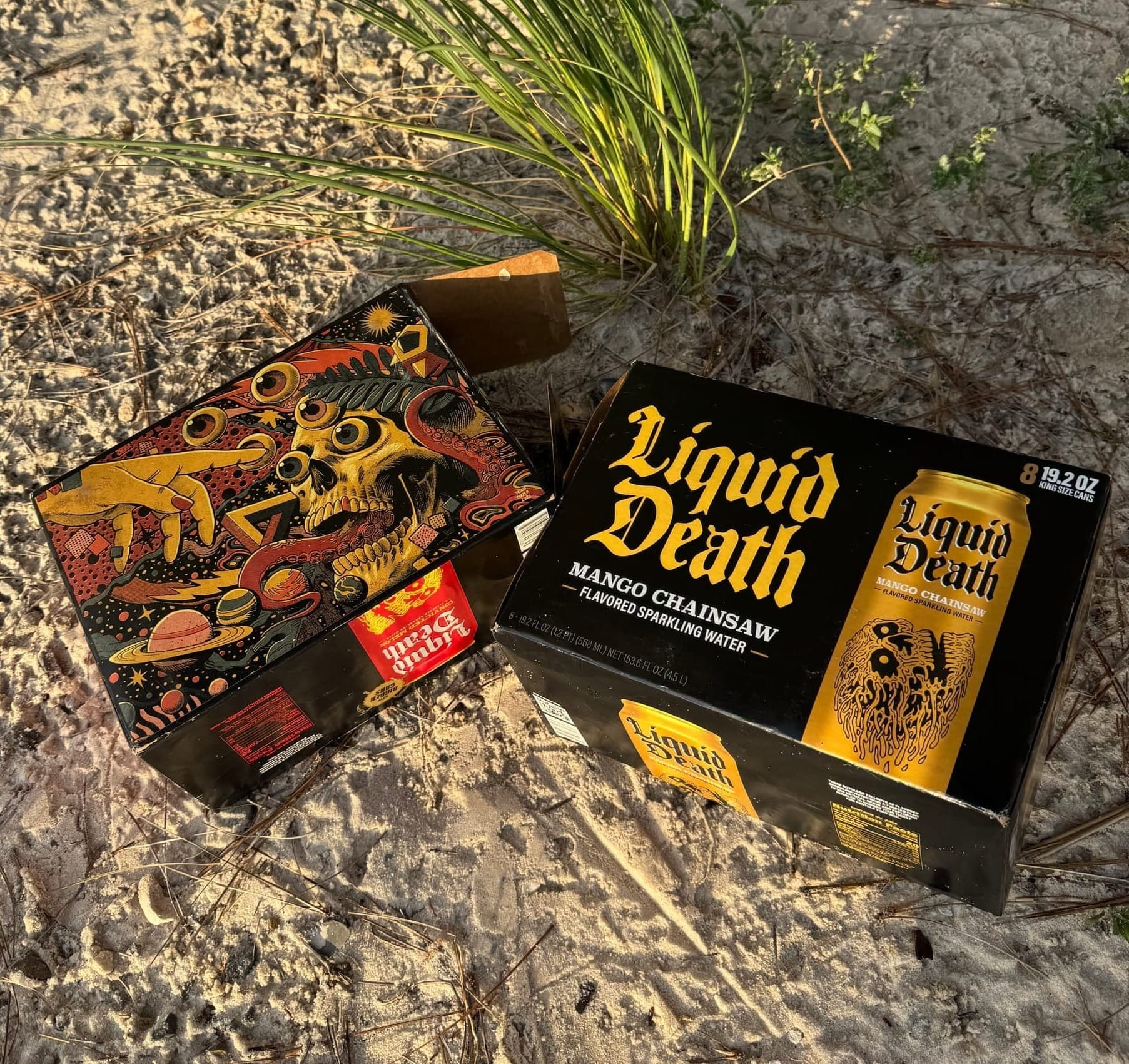
At the heart of this success was a simple but critical business lesson: different can be better than better. Liquid Death turned a canned water startup into a billion-dollar unicorn in just four years—an extraordinary rise for a product that, at its core, is still just water. Liquid Death didn’t win by having slightly purer water or a slightly nicer bottle. It won by offering a completely different experience. It’s a principle that applies across industries—especially in saturated markets where customers are overwhelmed by sameness.
Virality - Internet - Differentiation
In today’s saturated market, differentiation isn’t optional—it’s survival. Liquid Death outcompeted competition via their identity, humor, and shareability. While legacy brands like Evian and Fiji took decades to achieve household recognition and billion-dollar valuations, Liquid Death hit that milestone in just four years. The difference? Their brand but the internet helps too because...Liquid Death was built for virality. It launched with a fake commercial that exploded online before a single can was sold, and it leaned into meme culture, social media, and irreverent content to drive organic attention. In a world where scrolling is constant and attention is currency, Liquid Death understood that the product is just the vessel—the brand is the experience. Their success proves that when you combine a simple product with bold differentiation and digital-first storytelling, the internet can do in years what traditional marketing takes decades to accomplish.
Liquid Death also made smart business decisions as it scaled. It focused on direct-to-consumer early on, building a loyal base before expanding into retail. It maintained strict control over its brand voice, never watering down its rebellious attitude to appease retailers or mainstream media. It diversified wisely, moving into sparkling waters, flavored variants like Mango Chainsaw and Severed Lime, and even launching a tea line with cheeky names like Armless Palmer and Dead Billionaire.
All the while, Liquid Death stayed true to its mission: Death to Plastic. Every can is made from 70% recycled aluminum, and the company donates a portion of proceeds to cleaning up oceans and fighting plastic pollution. It’s a serious cause hidden beneath all the humor. But this authenticity—this ability to mix real values with over-the-top fun—helped Liquid Death turn casual customers into devoted fans. It made the brand feel real, not corporate.
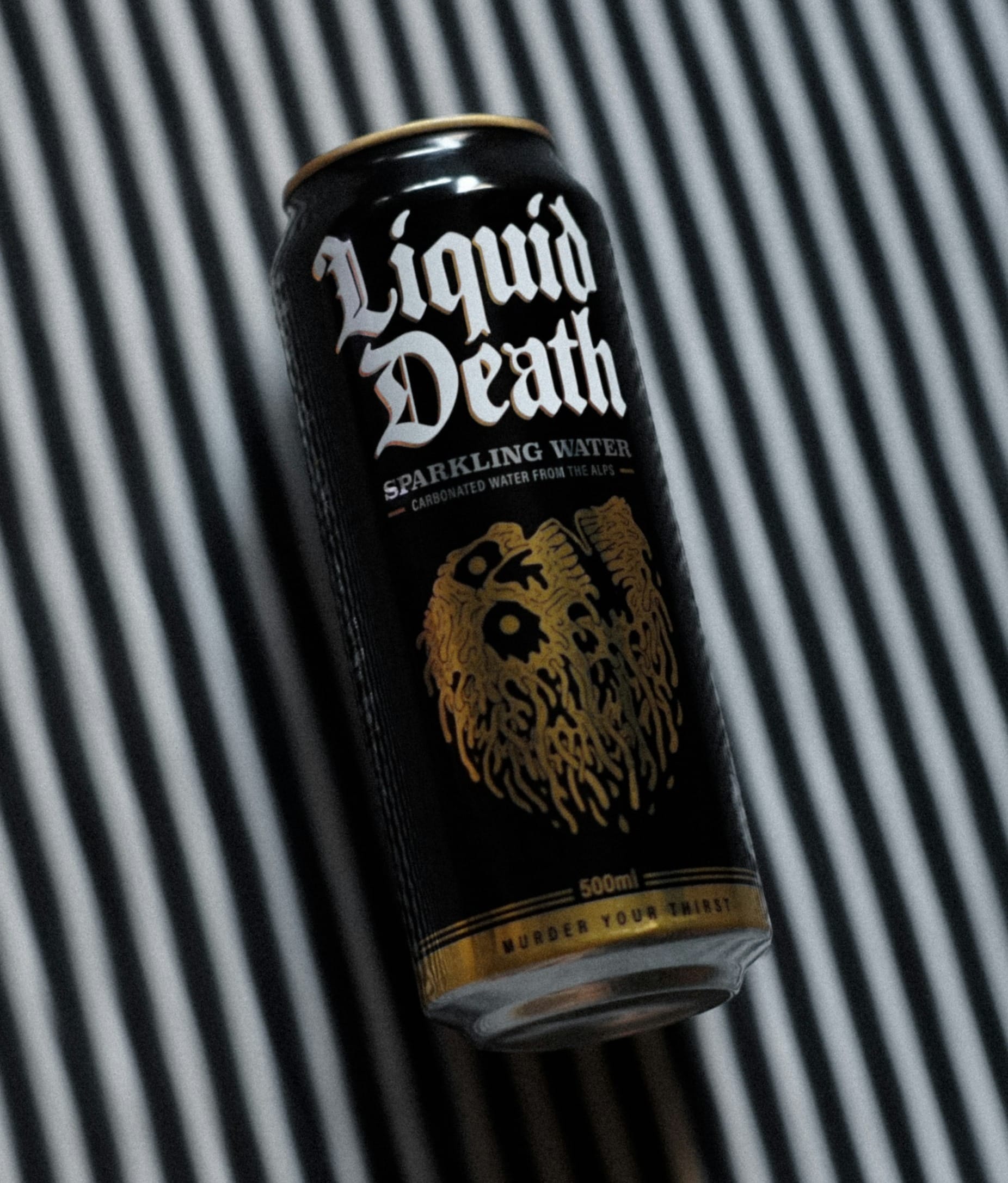
In less than five years, Liquid Death grew from a viral internet video to a brand valued at over $1.4 billion. Its revenue soared past $260 million by 2023, and it’s poised to keep climbing as the brand expands globally. Even more impressively, Liquid Death managed to build a true cultural moment around something as basic as water—a testament to the power of branding, storytelling, and authenticity.
The success of Liquid Death underscores something critical for any entrepreneur or business builder: the product is just the beginning. It’s the emotional connection you create, the story you tell, and the tribe you rally that turns a simple commodity into a cultural phenomenon.
From a crazy idea at a punk concert to a brand sitting in households, concerts, and boardrooms across America, Liquid Death shows that when you dare to be bold you can murder the competition too (in sales that is).
Works Cited
- Medina, Marisa. Liquid Death: From Viral Sensation to Beverage Industry Unicorn. TechCrunch, April 20, 2023.
https://techcrunch.com/2023/04/20/liquid-death-1-billion-valuation/ - Vora, Shivani. Liquid Death’s Rise: Heavy Metal, Humor, and Aluminum Cans. The New York Times, March 8, 2023.
https://www.nytimes.com/2023/03/08/business/liquid-death.html - Crum, Chris. Liquid Death Raises $70M, Hits $700M Valuation. Business Insider, October 14, 2022.
https://www.businessinsider.com/liquid-death-raises-70m-valuation-700m-2022-10 - Burge, Rachel. The Weird, Wild Branding Behind Liquid Death. Adweek, April 11, 2022.
https://www.adweek.com/brand-marketing/how-liquid-death-used-shock-marketing-to-build-loyalty/ - Petri, Alexandra. Liquid Death’s Unlikely Success Story. Bloomberg, February 25, 2023.
https://www.bloomberg.com/news/articles/2023-02-25/how-liquid-death-made-water-cool - EquityZen. Invest in Liquid Death Stock | Company Overview. EquityZen, 2024.
https://equityzen.com/company/liquiddeath/ - Taulli, Tom. How Liquid Death Became a $700M Brand in Four Years. Forbes, October 2022.
https://www.forbes.com/sites/tomtaulli/2022/10/14/how-liquid-death-became-a-700-million-brand-in-four-years/
